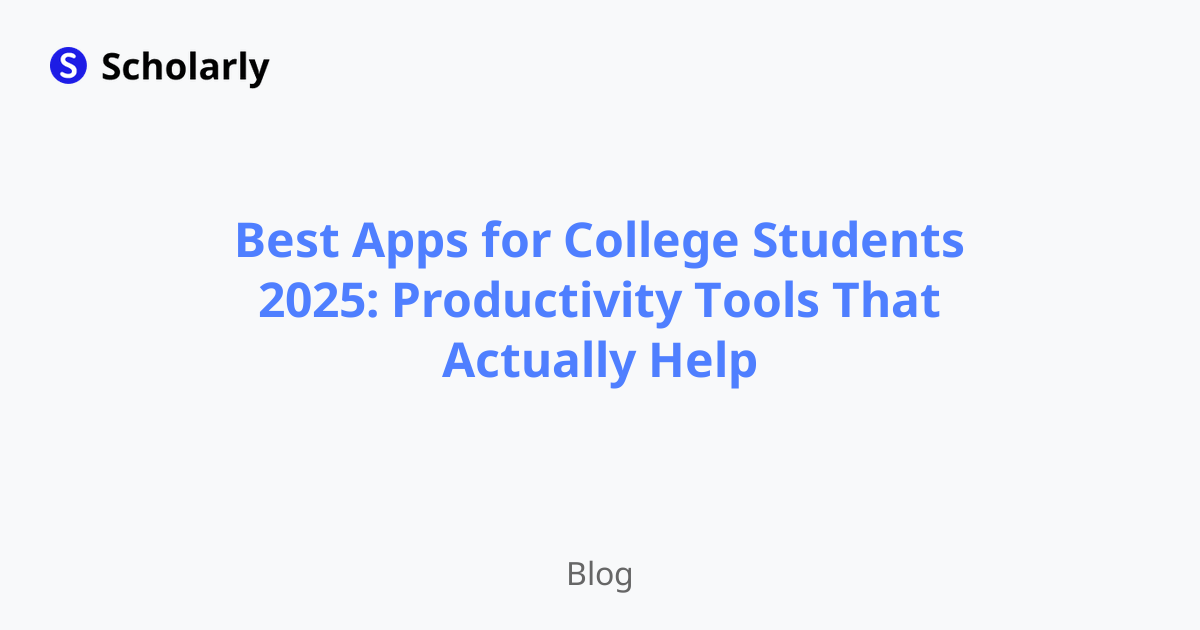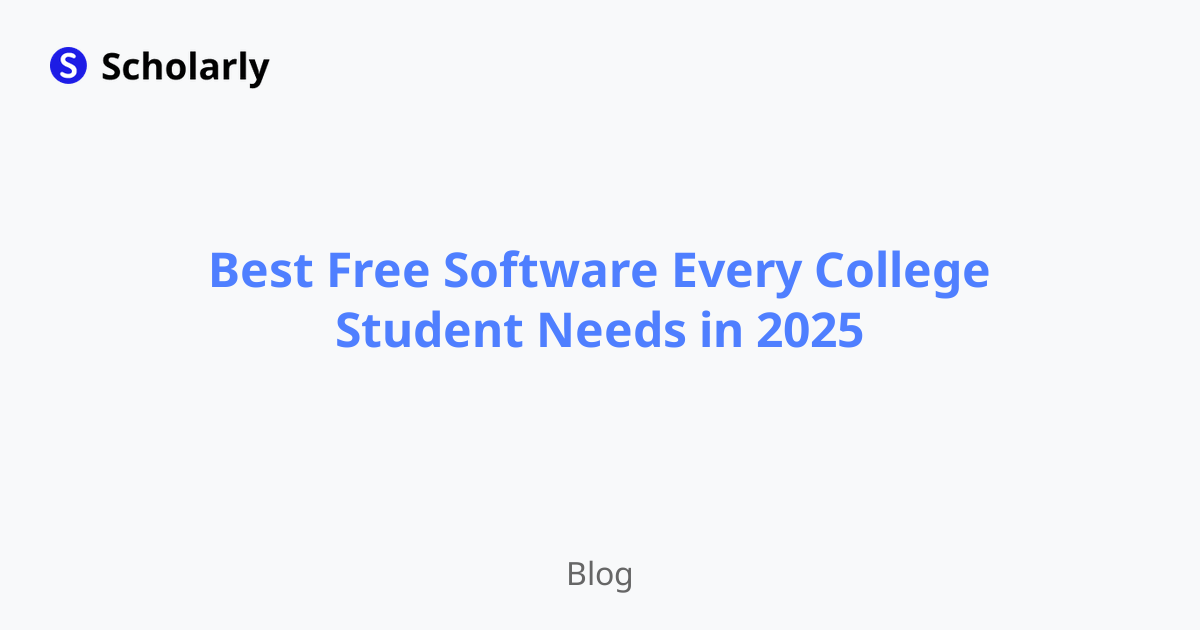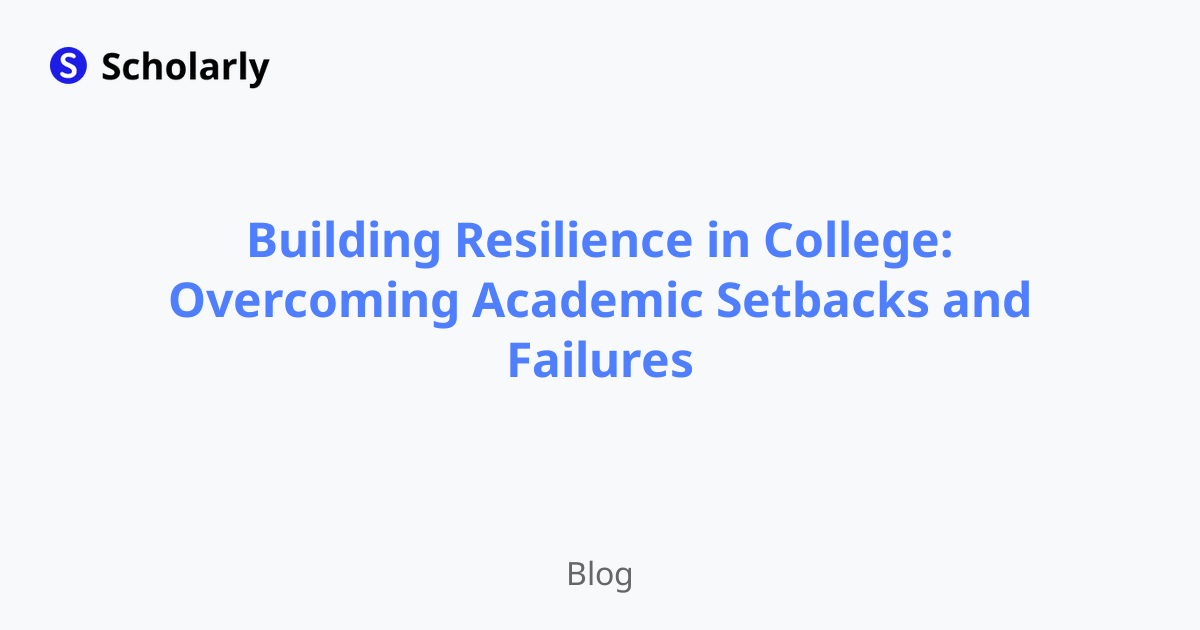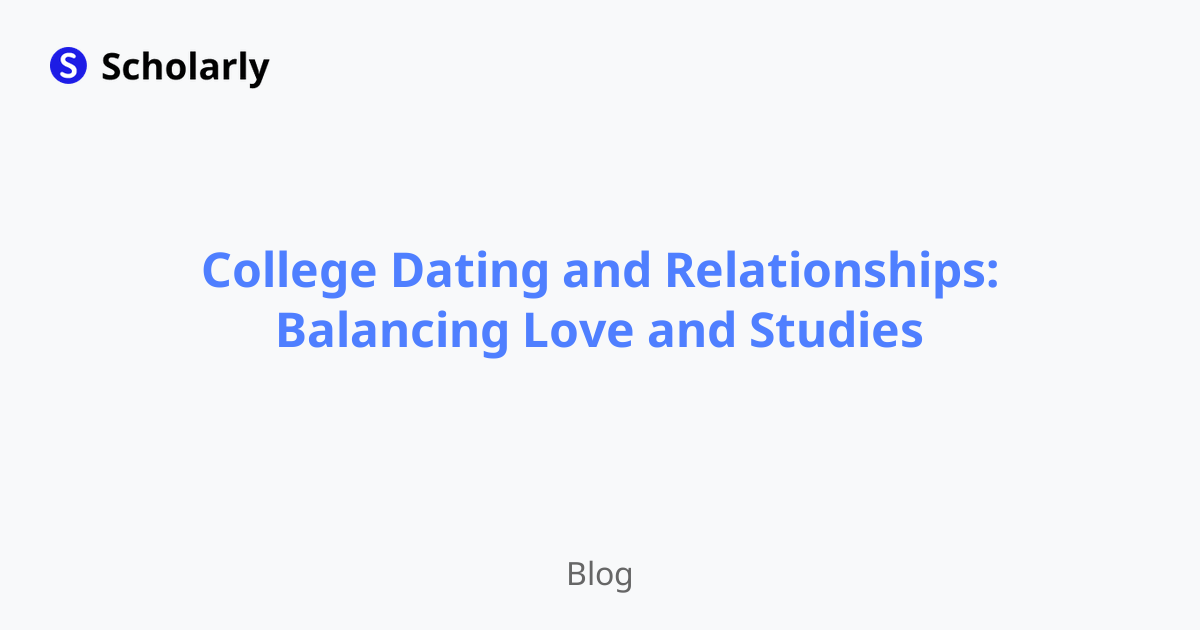Science Note Taking Skills Every Student Should Know
Discover the essential note-taking skills that will help science students enhance their learning experience and improve their academic performance.
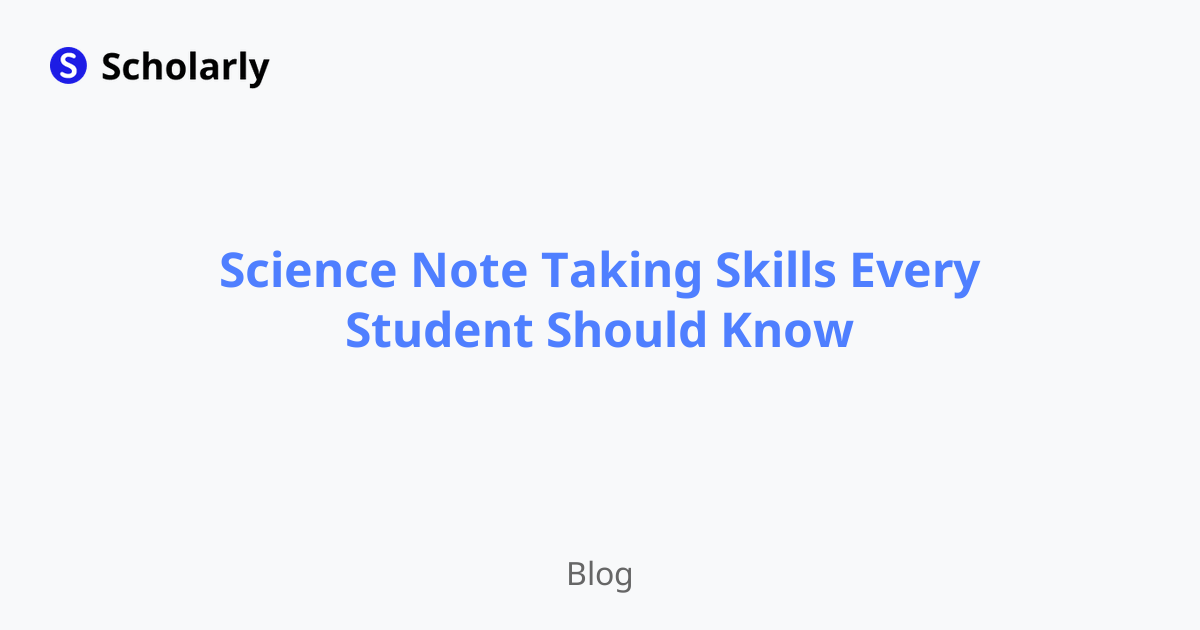
Introduction
Note-taking is a fundamental skill that every student should master, especially in the field of science. Effective note-taking can greatly enhance a student's learning experience and help them improve their academic performance. In this article, we will explore the essential note-taking skills that are particularly beneficial for science students. By developing these skills, science students can absorb and retain complex concepts, engage in active learning, and excel in their science courses.
History
In the past, note-taking in science classes primarily involved writing down information from the teacher's lectures or textbooks. However, with the advancement of technology, science students now have access to various tools and techniques that can support and enhance their note-taking process.
Current State
In today's digital age, science students have a wide range of options when it comes to note-taking. Traditional methods, such as handwritten notes and diagrams, are still widely used and can be effective for many students. However, digital tools and apps have gained popularity due to their convenience and additional features.
Future State
As we look towards the future, note-taking in science is likely to become even more integrated with technology. Artificial intelligence (AI) and machine learning can potentially revolutionize the way students take notes, analyze information, and interact with scientific concepts. AI-powered note-taking assistants and virtual laboratories may become commonplace, providing science students with personalized and immersive learning experiences.
Benefits
Improved Comprehension: Effective note-taking helps science students better understand and comprehend complex scientific concepts. By actively summarizing information and organizing it in a way that makes sense to them, students can grasp the subject matter more effectively.
Enhanced Retention: By writing down and reviewing their notes, science students can reinforce their learning and improve long-term retention. Notes serve as a reference material for future study sessions and can help students recall important information during exams.
Active Engagement: Note-taking encourages active engagement with the subject matter. It requires students to listen, process information, and reframe it in their own words. This active involvement promotes deeper learning and critical thinking.
Personalized Study Guides: Science students can use their notes as a personalized study guide tailored to their learning style. By highlighting key information, adding annotations, and creating visual representations, students can create a comprehensive resource that aligns with their unique learning preferences.
Facilitates Concept Mapping: Note-taking enables science students to create connections between different concepts and ideas. By visually mapping out relationships and drawing diagrams, students can clarify complex relationships and foster a deeper understanding of scientific principles.
Significance
Effective note-taking is significant for science students for several reasons. Firstly, it serves as an active learning strategy that reinforces comprehension and retention. By actively engaging with the material through note-taking, students are more likely to understand the concepts and remember them in the long run.
Secondly, note-taking provides science students with a comprehensive study resource that they can revisit later. It acts as a reference material during exams and allows students to reinforce their understanding of the subject matter through self-directed study.
Furthermore, note-taking promotes critical thinking skills as students summarize, evaluate, and synthesize information. By organizing and condensing information, students develop their analytical and synthesis skills, which are crucial for scientific inquiry and problem-solving.
Best Practices
To maximize the benefits of note-taking in science, students can follow these best practices:
Active Listening: Actively listen to the teacher or instructor during lectures or lab sessions. Pay attention to key points, examples, and explanations.
Organize Information: Structure your notes in a way that makes sense to you. Use headings, subheadings, bullet points, and numbering to organize information hierarchically.
Use Visual Aids: Incorporate visual aids, such as diagrams, graphs, and flowcharts, to represent complex information visually. Visuals can help facilitate understanding and make it easier to recall information.
Review and Revise: Regularly review your notes and revise them to reinforce your learning. Use the Cornell method or the SQ3R method to actively review your notes and fill in any gaps in your understanding.
Experiment with Different Techniques: Explore different note-taking techniques, such as the outline method, the mapping method, or the charting method. Experiment with different styles and find the one that works best for you.
Pros and Cons
Pros of science note-taking:
- Enhances comprehension and retention
- Promotes active engagement and critical thinking
- Provides personalized study guides
- Facilitates concept mapping
- Improves organization and structure of information
Cons of science note-taking:
- May be time-consuming
- Initial learning curve for some techniques
- Fast-paced lectures or discussions may make note-taking challenging
- Requires active listening and concentration
- Can be overwhelming if not properly organized
Comparison
When it comes to science note-taking, students have access to a variety of tools and techniques. Here are a few popular ones:
Pen and Paper: The traditional method of handwritten notes is still widely used and preferred by many students for its simplicity and flexibility. It allows for personalized annotations, drawings, and diagrams.
Digital Note-Taking Apps: Apps like Evernote, OneNote, and Notion offer digital note-taking features, such as the ability to create searchable notes, add multimedia content, and synchronize across devices.
Concept Mapping Tools: Tools like MindMeister and Coggle allow students to create visual concept maps to organize and connect ideas. This can be particularly helpful in science subjects with complex relationships.
Digital Whiteboards: Online whiteboard platforms like Miro and Microsoft Whiteboard enable students to collaborate, brainstorm, and take notes in a virtual whiteboard environment. This can be useful for group projects and virtual science labs.
Voice Recording Apps: Voice recording apps, such as Otter or Voice Memos, can be used to capture lectures or discussions. Students can later refer to the recordings while reviewing their notes or clarify any missed points.
Methods
Here are five effective methods that science students can employ to enhance their note-taking skills:
The Cornell Method: Divide your paper into three sections: a small left column for cues and keywords, a larger right column for notes, and a bottom section for summarizing the main points. This method encourages active listening, concise note-taking, and review.
The Mapping Method: Use this method to visually map out relationships and connections between concepts. Start with a central idea and branch out to subtopics using lines and arrows. This method is particularly useful for visual learners and subjects with complex relationships.
The Charting Method: Create tables or charts to organize and compare information. This method works well for subjects that involve data analysis, formulae, or comparisons between different variables.
The Sentence Method: This method involves writing notes in complete sentences, capturing the main ideas and supporting details. It emphasizes comprehension and provides a comprehensive overview of the subject matter.
The Outline Method: Use headings, subheadings, and bullet points to create an outline of the lecture or textbook chapter. This method helps in structuring information hierarchically and makes it easier to review and revise.
AI Impact
Artificial intelligence (AI) has the potential to transform the field of science note-taking. Here are some key AI applications, techniques, benefits, and challenges:
AI Applications: AI-powered note-taking assistants can help science students capture and summarize information from lectures or texts, generate concept maps, and provide personalized study recommendations.
AI Techniques: Natural language processing and machine learning can be used to analyze and extract key information from scientific texts or lecture recordings, identify important concepts, and generate concise summaries.
AI Benefits: AI-powered note-taking can save time, improve accuracy, and provide personalized learning experiences. It can help students identify knowledge gaps, provide real-time feedback, and suggest relevant resources.
AI Challenges: AI note-taking systems need to overcome challenges such as language ambiguity, contextual understanding, and maintaining user privacy and data security.
AI Potential Online Apps: Online apps like Glean, Noted, and Scrible offer AI-powered note-taking features that can help science students capture, organize, and review notes effectively.
Conclusion
Effective note-taking is essential for science students to enhance their learning experience and academic performance. By developing and practicing effective note-taking skills, science students can improve comprehension, retention, engagement, and critical thinking. The use of technology, such as digital note-taking apps and AI-powered assistants, can further enhance the note-taking process and provide personalized learning experiences. Whether it's pen and paper or digital tools, science students have a variety of options to explore when it comes to enhancing their note-taking skills.
Try Our Popular AI Study Tools
Transform your study materials into interactive learning experiences with our most popular AI-powered tools:
PDF to Flashcards
Convert lecture notes and textbooks into study flashcards instantly
Text to Flashcards
Turn any text or notes into comprehensive flashcard sets
Image to Flashcards
Convert diagrams and handwritten notes into digital flashcards
YouTube to Flashcards
Generate flashcards from educational video content

